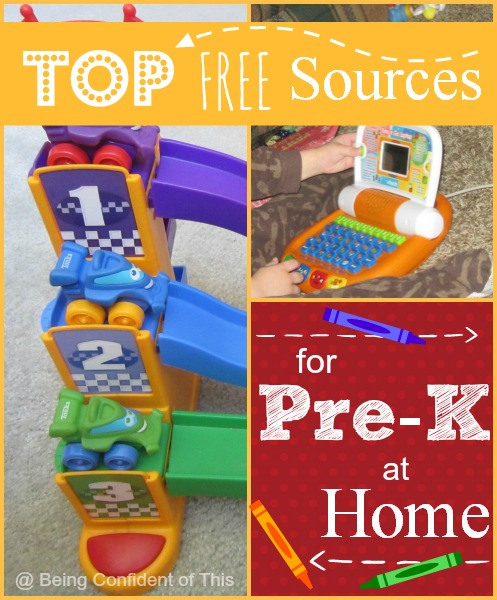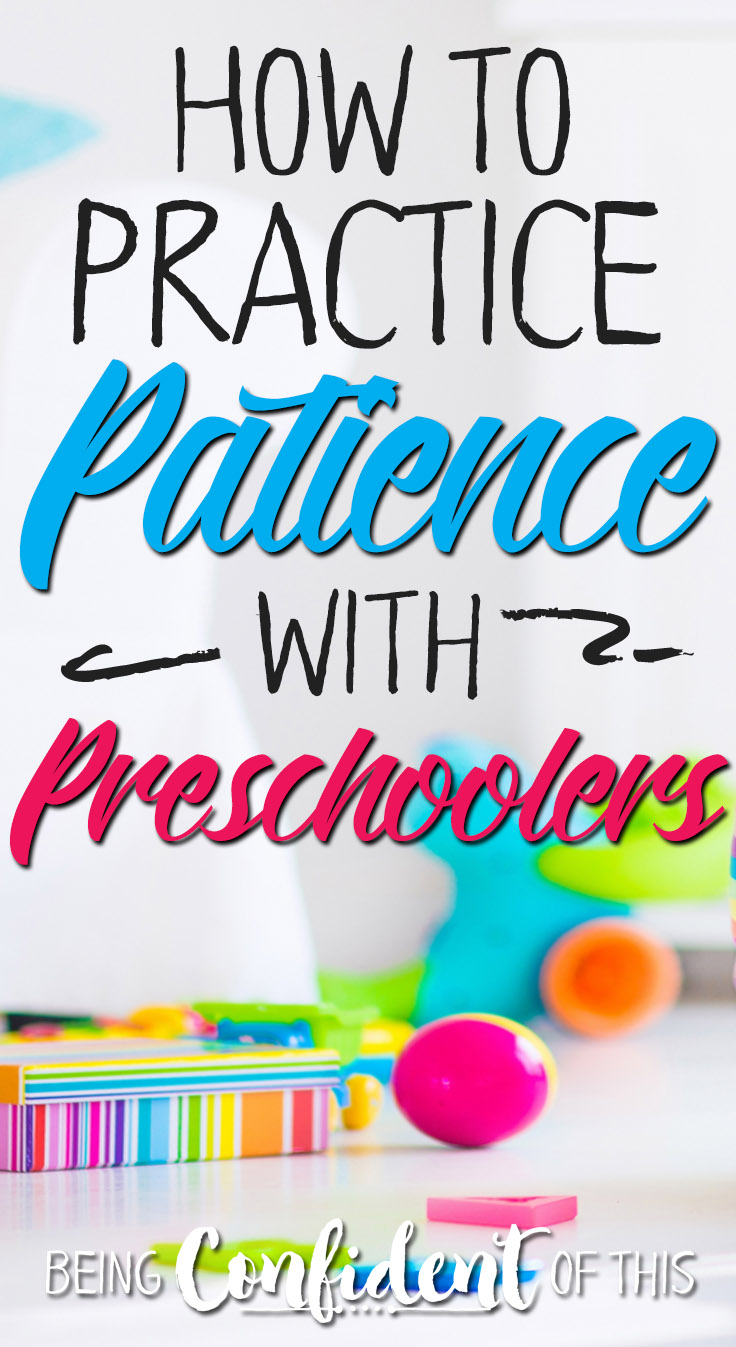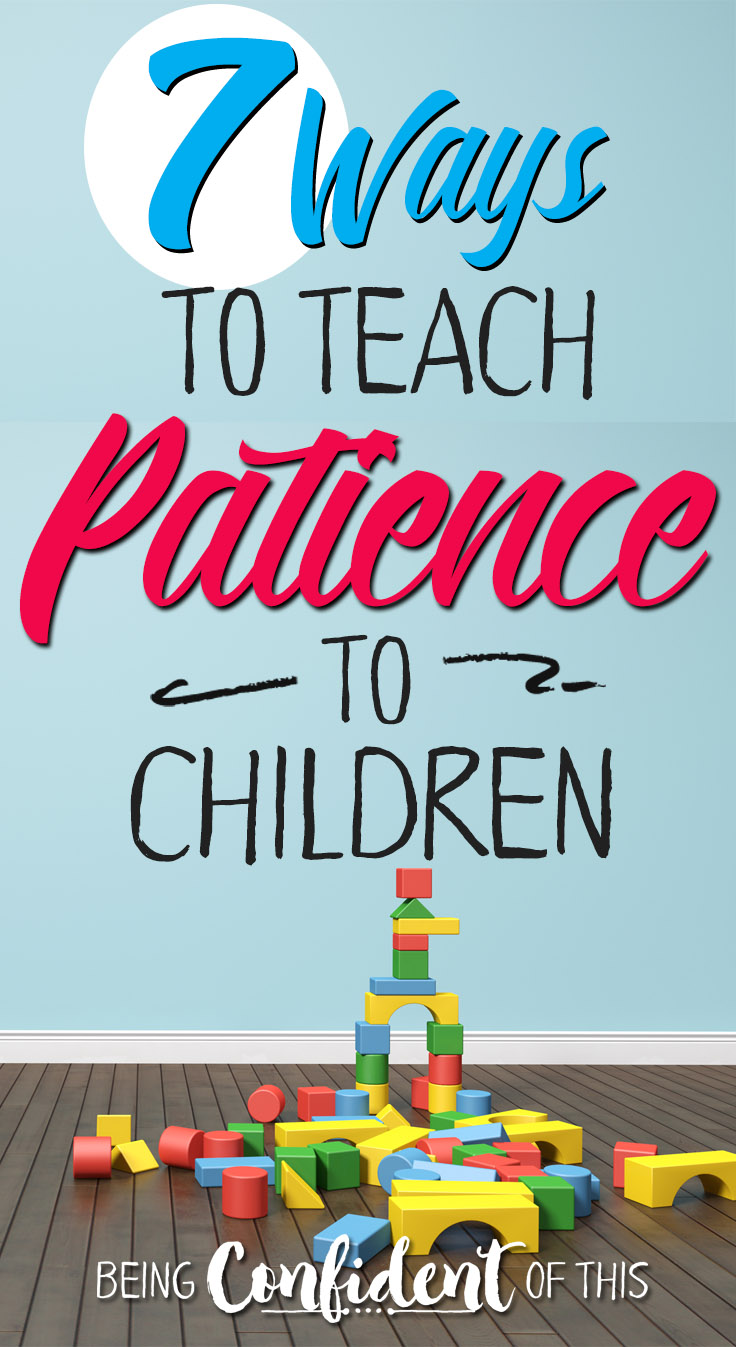Do you have toddlers or preschoolers in the home? I’m planning to teach our two preschoolers at home this year, for reasons like teaching the faith and values that our family upholds as true and also for financial reasons.
While I’m really excited to exercise my teacher muscles by homsechooling our preschoolers, I’m also feeling a little overwhelmed since preschool is not exactly my specialty.
So, lately I’ve spent a good deal of time on Pinterest and Google trying to gather up the best free preschool resources out there – from curriculum, to themed units, to printables, to hands-on activities, and more.
So, on today’s Mama Monday, I thought I would share these free preschool resources with you so that you don’t have to spend all of the time I did on collecting them! 🙂 I won’t have room to mention everything I’ve pinned while searching, so if you want even more material to consider, look at my Learning at Home board on Pinterest.
-
God’s Little Explorers Curriculum
Motherhood on a Dime offers this FREE, faith-based preschool curriculum online for homeschoolers, and it looks to suit our family’s needs. The free curriculum includes basic plans for daily instruction (based on a four-day school week) as well as printables. I plan to use the free version of this curriculum as my foundation and supplement it with some of the activities and ideas listed in the categories below. Note: the creator of this program also has a paid option format that includes better graphics and more printables. The paid option is still very inexpensive (less than $15 )for an entire school-year’s worth of plans!
-
Seasonal/Themed Printable Packs
I plan to use this free fall printable pack from Homeschool Creations as a supplementary material for this season along with the curriculum mentioned above. Homeschool Creations offers many other printable packs as well. 1+1+1=1 is another amazing printable packs resource with everything from princesses and my little pony to solar systems and star wars. These two free preschool resources make both teaching and learning fun! 🙂
-
Writing Skills
My children are not yet coordinated enough to form actual letters (although our daughter is close), so we’ll be working on some pre-writing skills before anything else. I picked this floral printable for my daughter and these printables will work well for both children as well as these from 3 Dinosaurs . I love the idea that this mom had to put the printables or workbook pages into sheet protectors in a binder so that you can use dry erase markers with them. You could even let your preschooler decorate the front of his or her binder to personalize it. Use them over and over again! 🙂 Once they grasp the concept, I plan to introduce alphabet letter formation. The Measured Mom offers these writing stations as homeschool alternatives to using printables alone. You could use the same methods with shapes and numbers, as well.
-
Letter Recognition
I love the idea of starting out with my children’s names as well as other names in the house. You can read about name kits at Fun-a-day. If you’re intersted in a montessori method for introducing letters, Living Montessori Now offers excellent advice. Hands on as we grow has a list of 50 fun activities for learning both upper case and lower case letters. At Crystal and Co. you can find instructions for fun letter-of-the week crafts, too, as well as other free preschool resources.
-
Number Recognition
DLKT offers a number of counting and number worksheets here. Turtle Diary offers these printable options. What I think will most appeal to our preschool boy and girl will be more hands-on activities like this paper tube one from Learn With Play at Home and a method using easter eggs from Reading Confetti.
-
Shape Recognition
Although our preschoolers already know most of their shapes, we still need to do some reviewing in this area. Hands on as we grow demonstrates how to be hands-on when learning shapes. Shape puzzles are another great resource as children can both handle the shape itself and also learn how it fits into the board. I also like this crafty approach to shape matching from education.com. Creative Family Fun offers 12 fun ways to learn shapes. Also, you can find printables for shapes here at Aussie Childcare Network. Printables are one of my favorite free preschool resources! 🙂
-
Color Recognition
Although our daughter is pretty solid on her colors, our son could use more help. So, we’ll be continuing to practice our colors through the preschool years in our homeschool. I’m working on a home-made version of Go Fish using colors for our preschoolers, so when it’s done I’ll be sure to share with you. 🙂 Toddler Approved provides these hands-on learning methods for colors. Inspiration Laboratories has a great idea for creating a color rainbow that I think our preschoolers would love. We also plan to sort buttons, pom-poms, beads, etc. by color and create patterns, as well as learn colors through reading some books we have about colors.
-
Music/Rhymes
I plan to use youtube for much of our music, but I also like these printable nursery rhymes from Aussie Childcare Network. DLKT offers these printables for making nursery rhyme characters to use as puppets or for a felt board.
-
Bible Literacy
I plan to incorporate Bible lessons into our home preschool, but I’d like to save this topic for a future post as I plan to review a few options in detail. So, check back later for those options. 🙂
-
Letter Formation
Here are more free preschool resources – printables for the alphabet:
Other free (or nearly free) preschool resources to consider:
Pinterest – while I already knew of some of these free online resources, much of the additional material I found on pinterest. 🙂
Library books – the best way to teach your children (aside from play) is through reading to them. You can find books on almost any theme or subject you plan to teach. Libraries are great resources for supplementing the books you already have at home.
Youtube – a quick search for alphabet songs, shape songs, days of the week songs, and more reveals that the options on youtube are endless… and best of all, free! 🙂 You can also teach nursery rhymes and other preschool favorites such as “Five Little Speckled Frogs.”
PBS/Netflix – Leap Frog, Word World, and Super Why are all educational animated shows that focus on letter learning, although Leap Frog has some that focus on numbers and shapes as well. We have a subscription to Netflix’s online streaming service, so I plan to use many of these programs through Netflix. The advantage to using Netflix over PBS is that I don’t have to wait for an episode to air. Instead, I can hand-pick episodes to coordinate with themes we might be exploring that week.
Online learning – the internet offers a wealth of free online resources for learning games. Check out our top ten educational websites – many are suitable for preschoolers.
Dollar Store Deals – I wrote a whole post on items you can find at the dollar store to use in teaching preschoolers or toddlers, complete with ideas on how to use them!
Toys – we have a few toys that I have set aside specifically for our preschool use (I do not keep these toys in their regular toy box, which makes them special since they can’t play with them whenever they want). Any toy that says a letter’s name aloud and repeats the sound the letter makes can be a good tool to use when your preschooler just doesn’t want to sit and work with paper. You probably already have a few of these “educational” toys laying around the house, so don’t feel the need to go out and buy new ones. 🙂
Additionally, much of the time spent during preschool should be free play, when children have time to pretend play using blocks, legos, dress-up clothes, kitchens, etc. You can also use toys you already have at home to enhance themed lessons. Finally, puzzles can be great resources for learning shapes, colors, letters, and numbers, etc.
I hope this helps to get you started on planning for your toddler/preschool years, whether you intend to teach formally by homeschooling or just as your children are interested.
Jen 🙂
I’m also linking up at any of the blogs here!
Sharing with: How Do You Do It?,


